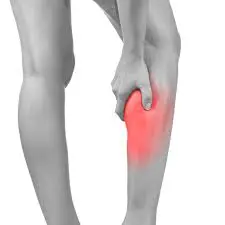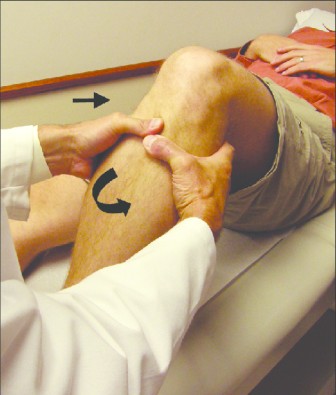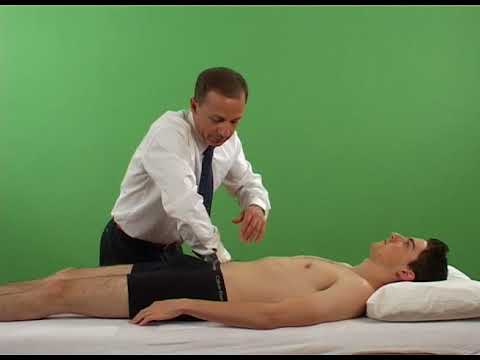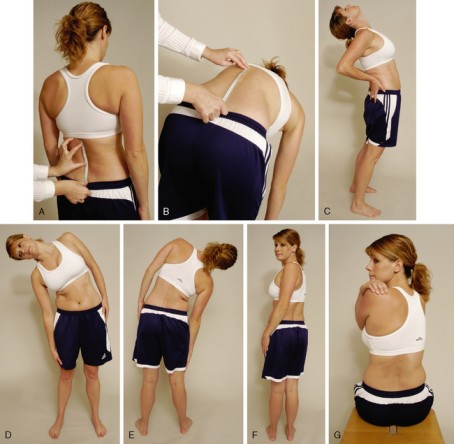Beevor sign & Sign of the Buttocks
This Beevor sign is applied to the clinic to check the muscle dysfunction of the lumbar spine.
This Beevor sign is applied by the therapist or doctor when the patient is complaining about back pain like a muscle spasm.
This Beevor sign test is applied to examine part of the assessment.
What is the purpose of the Beevor sign?
- This test is used to check the pathology in the abdominal muscle.
How do you perform the Beevor sign?
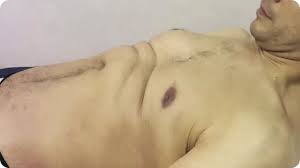
- The patient lies supine for the test.
- Then the patient flexes the head against resistance, cough, or attempts to sit up with the help of one hand which resists behind the head.
What is the result of the Beevor sign?
- The sign is positive if the umbilicus does not remain in a straight line when the abdominal contract, indicating pathology in the abdominal muscles means paralysis.
Sign of the buttocks :
- This sign of buttocks test is applied by the clinic to check the buttock pathology of the patient.
- This sign of buttocks test is applied when the patient is complaining about the in the buttock region.
What is the purpose of the sign of the buttocks?
- This test is used to check the pathology in the buttocks.
How do you perform the sign of the buttocks?
- The patient lies supine position for the test.
- Then the examiner [ therapist ] performs a passive unilateral straight leg raising test.
- If there is a unilateral restriction, the examiner [ therapist ] then flexes the knee to see whether hip flexion increases.
- If the problem is in the lumbar spine/hamstrings, hip flexion increase when the knee is flexed.
What is the result of the sign of the buttocks?
- This finding indicates a negative sign of the buttocks test.
- If hip flexion does not increase when the knee is flexed, it is a positive sign of the buttock test & indicates pathology in the buttocks behind the hip joint, such as bursitis, tumor/abscess.
- The patient is also exhibiting a non-capsular pattern of the hip joint.


